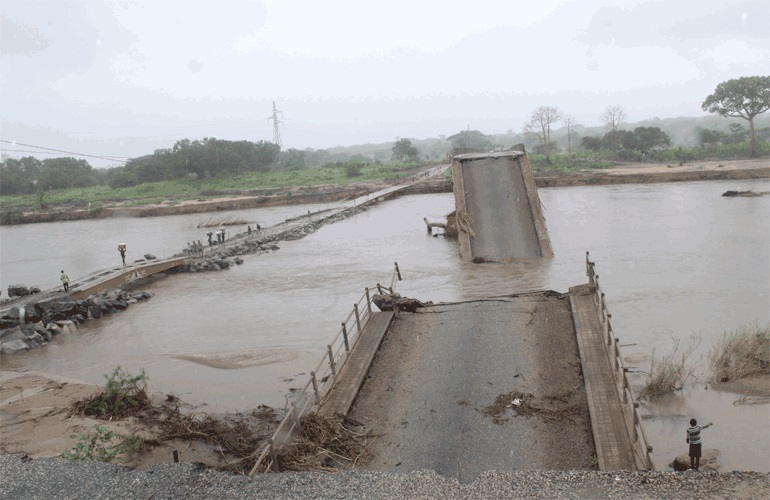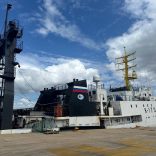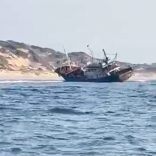Mozambique: At least three fishermen missing, feared abducted in Cabo Delgado
Mozambique: Montepuez bridge collapsed due to natural causes, investigation concludes

Photo: Noticias
The collapse of the bridge over the Montepuez River in December was the result of a combination of natural causes such as soil erosion and the consequent excavation of the foundations of the two pillars on the south side of the infrastructure, as well as the high volume of runoff with debris, which created the conditions for the loss of stability and consequent collapse of the deck.
The government inquiry into the causes of the incident rules out the deliberate human agency conjectured in some circles, which attributed the collapse to insurgents operating Cabo Delgado.
Tiago Filipe, from the consultancy firm that led the investigation, conceded that a truck was crossing the bridge at the time it collapsed, and that excessive loading could also have been a cause. The study indicates that this was one catalyst, but that it was not the main cause, although it admittedly might have helped worsen the bridge’s already precarious condition.
He explained that, on those ground, no objective evidence could be found that would lead to the conclusion that overloading and the age of the bridge – taking into account that it was built more than 40 years ago – were the causes of the collapse.
The commission nevertheless recommended investing in the inspection of cargo passing over the bridge, and in periodic inspections on the country’s main bridges.
The team also warned that, despite the fact that part of the infrastructure is still standing, it should not be reused, but a new bridge built and the debris removed so as not to create further issues down the line.
The collapse of the bridge over the Montepuez River in late December of last year cut off the districts of Meluco, Macomia, Quissanga, Ibo, Mueda, Muidumbe, Nangade, Mocímboa da Praia and Palma for about three months. Communication was re-established two weeks ago using a platform placed on a detour next to the collapsed bridge.
Meanwhile, load limitations on National Road Number 1 between Namialo in Nampula and Metoro in Cabo Delgado take effect today, owing to the current state of the bridge over the Lúrio River between Eráti (Nampula) and Chiúre (Cabo Delgado) districts.
A press release from the National Road Administration (ANE) lays down that trucks crossing that bridge should not exceed 40 tons, and should only proceed one at a time.













Leave a Reply
Be the First to Comment!
You must be logged in to post a comment.
You must be logged in to post a comment.